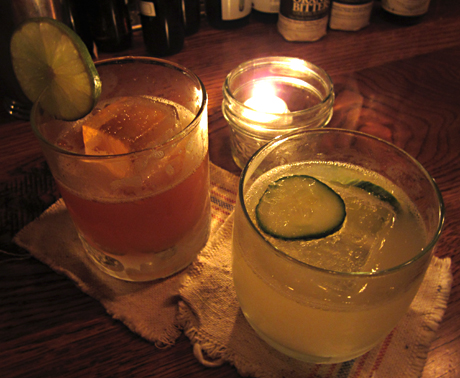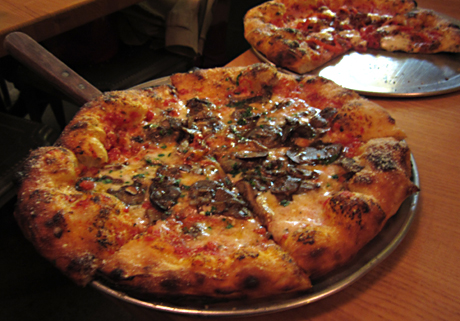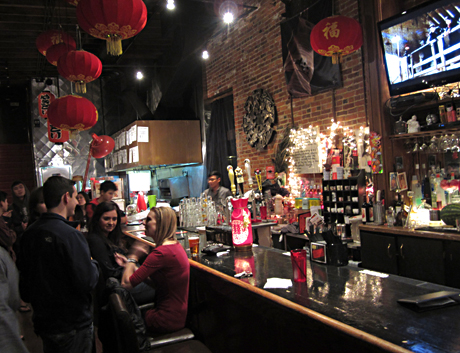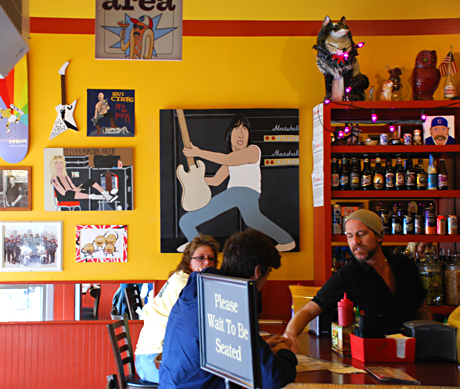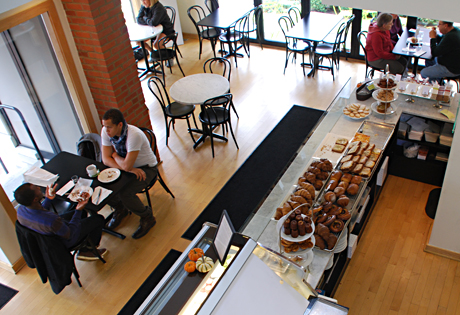
Chevrolet
When the all-new model, known to aficionados as the C7, debuts at the Detroit Auto Show next January, Chevy is clearly hoping to deliver the sort of sports car that can challenge global leaders like Ferrari, Porsche and Lamborghini.
By Paul A. Eisenstein, NBC News contributor
It?s long been known as ?America?s sports car.? But as Chevrolet gets ready to roll out the latest version of the Corvette, that?s clearly no longer good enough for the General Motors division.
When the all-new model, known to aficionados as the C7, debuts at the Detroit Auto Show next January, Chevy is clearly hoping to deliver the sort of sports car that can challenge global leaders like Ferrari, Porsche and Lamborghini.
"We set out to build a world-challenging sports car with design, refinement, efficiency and drive engagement that is second to none," declared Tadge Juechter, the program?s chief designer.
The new model, as its code name signifies, will be only the seventh version of the Corvette since its debut in 1953. ?First seen in concept form at GM?s annual Motorama car show in New York City, the production ??Vette? quickly developed a following among those who wanted an alternative to the heavy steel land yachts rolling off Detroit?s assembly lines.
Though early models were more show than go, they were popularized in song and on such TV shows as ?Route 66,? a CBS series that followed two buddies cruising the back roads of the West in search of adventure.
By the late 1960s, models like the legendary Corvette Stingray had evolved into some of the more powerful automobiles ever produced in the U.S. But the twin oil shocks of the 1970s changed the automotive equation. ?Downsized Japanese automobiles challenged the Detroit mainstream, while European brands delivered sleek and more nimble alternatives to U.S. luxury and sports car buyers.?
While the Corvette could still deliver neck-snapping acceleration off the line, it couldn?t come close to matching the handling of a Porsche or Ferrari in the corners. At the other end of the price spectrum, Americans discovered nimble little Japanese models like the Mazda Miata and so-called rice rockets such as the Honda Civic.

The Detroit Bureau
Chevrolet reveals the heart of the C7 Corvette.
The GM division shifted gears with a fifth-generation Corvette introduced in 1997 and the even smaller, more nimble C6 that debuted eight years later, now about the size and weight of a Porsche 911 ? though still boasting the trademark small block V-8 that had powered Corvettes since the mid-1950s.
Despite such improvements, efforts by Chevy to sell its two-seater abroad gained little traction except among a few select fans who wanted something decidedly offbeat. ?But with Chevrolet today earmarked as GM?s lead brand globally, the automaker is clearly targeting its European rivals with the C7.
And that?s led to an assortment of rumors about what?s in store. ?Early in its development, there was speculation that Chevy engineers would shift to a Lamborghini-like midengine layout, or migrate to the sort of small, high-tech turbo or supercharged six-cylinder power trains favored by other European competitors.
As the development program heads for the finish line, spy shots have begun leaking out showing that the new Corvette won?t be nearly as radical as some had anticipated. ?The 2014 model appears to be roughly the same size as the current C6, although it?s expected to make use of new materials and advanced manufacturing techniques that will result in a sports car that?s lighter, more aerodynamically efficient and a lot more nimble.
Meanwhile, the new C7 Corvette will deliver even more power than before. Chevy this week revealed the next-generation LT1 engine, a 6.2-liter small block that is expected to make ?at least? 450 horsepower and 450 foot-pounds of torque ? 20 horsepower and 26 foot-pounds more than the outgoing LS3 V-8.?

AP file
This undated file photo released by General Motors shows a 1953 Chevrolet Corvette. When the all-new model debuts at the Detroit Auto Show next January, it will be only the seventh version of the Corvette since its debut in 1953.
If the new two-seater is indeed notably lighter than the outgoing Corvette, that would signify a major improvement in its power-to-weight ratio. ?For the moment, Juechter is only hinting that it will deliver zero-to-60 times of 4.0 seconds or less, ?and that is on the entry-level vehicle.? ?Chevy has yet to reveal what it has in store for the limited-edition Corvette Z06 and ZR1 versions.?
There may yet be some surprises, such as a small, high-tech power train option, more in line with the likes of Porsche or Ferrari, but that possibility ? along with a shift to a midengine layout ? appear likely to be on hold for the eventual C8 Corvette.?
The one other detail Chevy is confirming is that there?ll be an all-new ?crossed flags? logo appearing on the 2014 Corvette.
While the Corvette has always been a low-volume niche product, it is the halo brand for Chevrolet and takes on even more significance as the brand?s role grows for post-bankruptcy GM.
So, anticipate plenty of media attention in the weeks building up to the January auto show in Detroit, including a flood of spy shots and endless reports and speculation. ?This could be a critical moment for America?s sports car and a critical opportunity to take on the world?s best.
More business news:
Follow NBCNews.com business on Twitter and Facebook
?



